Challenges in building the craft, the landing process, and the inexperience of private companies have caused many recent lunar landers to fail.
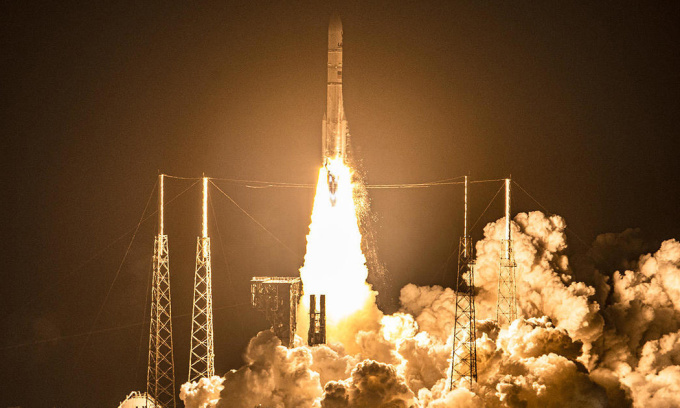
The Vulcan Centaur rocket carrying the Peregrine lunar lander lifts off from the launch pad. Photo: William Harwood/CBS News
At 1:18 p.m. on January 8 ( Hanoi time), the Vulcan Centaur rocket launched into space from Florida, USA, carrying the Peregrine lunar lander. The American company Astrobotic Technology developed the Peregrine lander under contract with NASA. Therefore, the launch carried the hope of the first American lander returning to the surface of the Moon in more than half a century.
However, shortly after launch, Astrobotic Technology discovered that Peregrine was leaking propellant. The lack of fuel quickly reduced the spacecraft's chances of landing gently on the Moon to zero.
Peregrine isn’t the only recent failure. Russia’s Luna 25 spacecraft malfunctioned and crashed in 2023, nearly 60 years after the Soviet Union’s Luna 9 made the first soft landing. Privately built lunar landers have a 100% failure rate to date. In addition to Peregrine, Israel’s Beresheet lander crashed in 2019, while the Japanese company ispace’s lander crashed last year.
Challenges with lunar landers
One of the fundamental challenges is weight, according to Jan Wörner, former director of the European Space Agency (ESA). “You are always on the verge of failure because the spacecraft has to be light enough, otherwise it won’t fly,” he said.
Plus, most spacecraft are prototypes. With rare exceptions, spacecraft are specialized machines. They’re not mass-produced with the same tried-and-tested systems and designs. Plus, once they’re in space, they have to operate on their own. “If you have a problem with your car, you can take it in for repair, but in space, you don’t have that opportunity,” Worner says.
The Moon itself presents challenges for spacecraft. It has gravity—one-sixth as strong as Earth’s—but no atmosphere. Unlike Mars, where spacecraft can fly to a landing point and decelerate using parachutes, landing on the Moon depends entirely on engines. If there is only one engine, as most small probes do, it must be able to steer because there is no other way to control its descent. The engine must also have a throttle, allowing it to adjust its thrust.
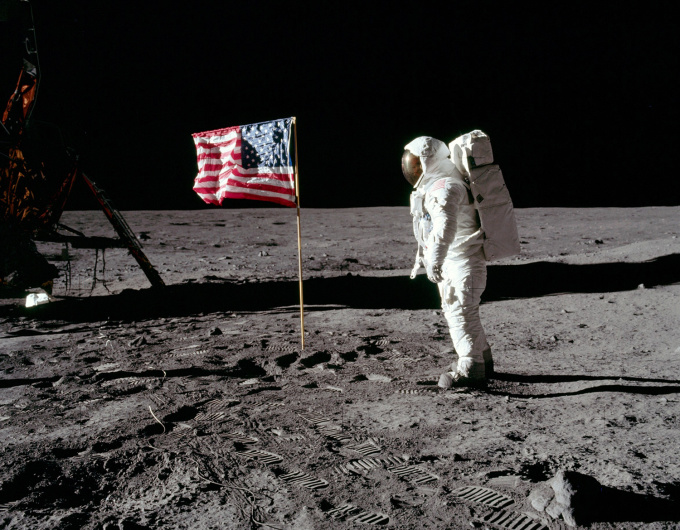
Astronaut Buzz Aldrin stands with the American flag on the Moon during the Apollo 11 mission in July 1969. Photo: NASA
Why is landing on the Moon still so difficult today?
Spacecraft have been successfully landing on the Moon since the 1960s. So perhaps it's a bit puzzling that, after decades, the Moon remains such a challenging destination.
The track record of lunar missions provides one reason: lunar landers fell out of favor shortly after the Apollo program. When China’s Chang’e 3 spacecraft touched down in 2013, it marked the first successful landing on the celestial body since the Soviet Union’s Luna 24 in 1976.
“There hasn’t been a lander developed for decades. The technology isn’t so common that you can easily learn from others,” said Nico Dettmann, ESA’s lunar exploration team leader.
Testing is important. But while rockets can be held in place and tested step by step, the options for spacecraft are more limited. Testing can check that the electrical, propulsion, navigation, communications, and instruments work. Spacecraft can also undergo shake testing to ensure they can withstand the harsh shocks of launch. However, there is no effective way to simulate a lunar landing.
During the space race decades ago, NASA spent $25 billion on the Apollo program, which failed multiple times before reaching the moon. The agency now has about 70 years of knowledge and culture toward designing, building, and testing spacecraft.
However, under a new program called Commercial Lunar Payload Services (CLPS), NASA is looking to cut costs and stimulate the US space industry by paying private companies, such as Astrobotic Technology and Intuitive Machines, to send their equipment to the Moon.
This trade-off carries a greater risk of failure, so more ships will go down. “These companies are all relatively new. They’re also doing these missions on relatively small budgets,” says Dr Joshua Rasera of Imperial College London.
But Rasera says the strategy pays off because companies learn from failures. “Even if the first few missions fail, it’s still cheaper in the end if you look at the total number of missions,” he says.
Thu Thao (According to Guardian )
Source link





![[Photo] Lam Dong: Images of damage after a suspected lake burst in Tuy Phong](https://vphoto.vietnam.vn/thumb/1200x675/vietnam/resource/IMAGE/2025/11/02/1762078736805_8e7f5424f473782d2162-5118-jpg.webp)


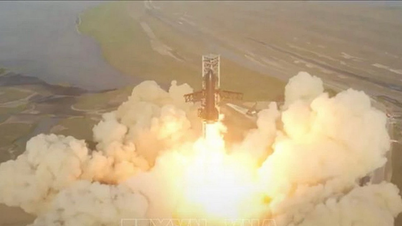

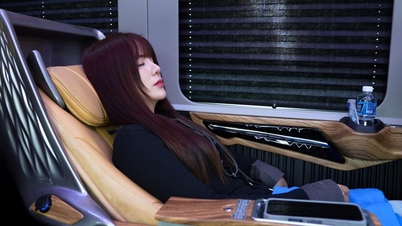

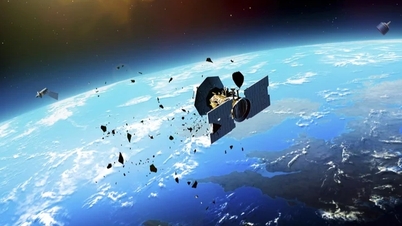











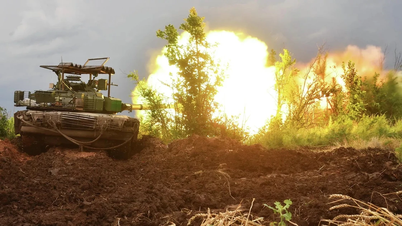













![[Photo] Prime Minister Pham Minh Chinh chairs the second meeting of the Steering Committee on private economic development.](https://vphoto.vietnam.vn/thumb/1200x675/vietnam/resource/IMAGE/2025/11/01/1762006716873_dsc-9145-jpg.webp)






























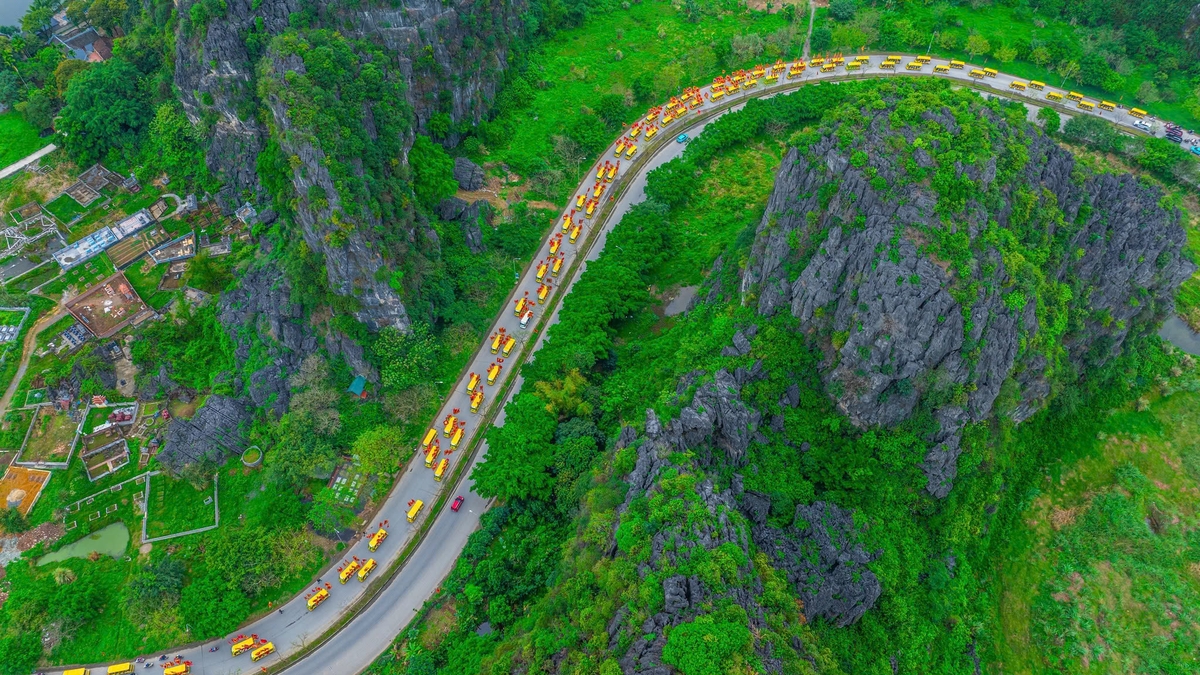








































Comment (0)